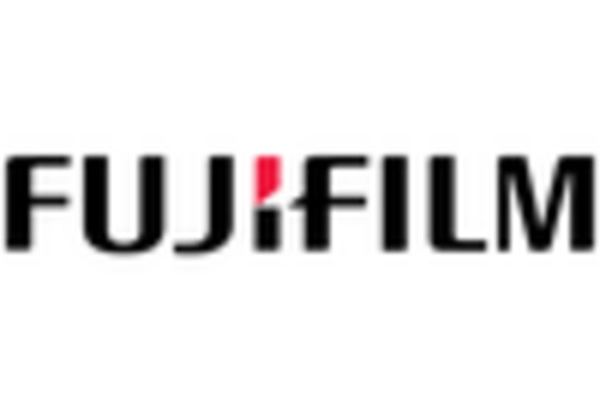Portable Ultrasound Device Market Summary
As per MRFR analysis, the Portable Ultrasound Device Market Size was estimated at 2.393 USD Billion in 2024. The Portable Ultrasound Device industry is projected to grow from 2.534 USD Billion in 2025 to 4.491 USD Billion by 2035, exhibiting a compound annual growth rate (CAGR) of 5.89 during the forecast period 2025 - 2035.
Key Market Trends & Highlights
The Portable Ultrasound Device Market is experiencing robust growth driven by technological advancements and increasing demand for point-of-care solutions.
- Technological advancements are enhancing imaging capabilities, making portable ultrasound devices more effective and user-friendly.
- North America remains the largest market, while the Asia-Pacific region is emerging as the fastest-growing area for portable ultrasound devices.
- Cardiology continues to dominate the market, whereas emergency medicine is witnessing the fastest growth in adoption rates.
- Key market drivers include rising adoption in emergency and critical care, alongside increased focus on home healthcare.
Market Size & Forecast
| 2024 Market Size | 2.393 (USD Billion) |
| 2035 Market Size | 4.491 (USD Billion) |
| CAGR (2025 - 2035) | 5.89% |
Major Players
GE Healthcare (US), Philips Healthcare (NL), Siemens Healthineers (DE), Canon Medical Systems (JP), Fujifilm Holdings Corporation (JP), Mindray Medical International Limited (CN), Samsung Medison (KR), Hitachi Medical Corporation (JP), Esaote S.p.A. (IT)


















Leave a Comment